Based on the work I have already done using diatoms and .1 Molar NaCl in water for the new paradigm supercapacitors here https://hackaday.io/project/8828-new-paradigm-superelectrolyticcapacitor I will be making an EM drive with only composite materials instead of copper. This should allow a much easier manufacturing process that can be tweaked to try different morphologies.
I don't have a clue about how the resonant cavity volume or shape is calculated yet but I would like to do this with a simple microwave oven transformer and magnetron.
The resonant cavity will be constructed entirely from carbon fiber and a high loading of high voltage aligned multi-walled carbon nanotubes.
A layer of super-dielectric on the interior should increase thrust, not because I understand why but that is the theory posited by numerous articles, except they never mention super dielectrics. "super dielectric" materials with dielectric constants 10,000 larger than the best known dielectrics. Or those espoused by Samuel Fromille and Jonathan Phillips at the Naval Postgraduate School.
I don't even pretend to have a rudimentary understanding of theoretical physics and I don't think any lay person can, however I will still explore the idea.
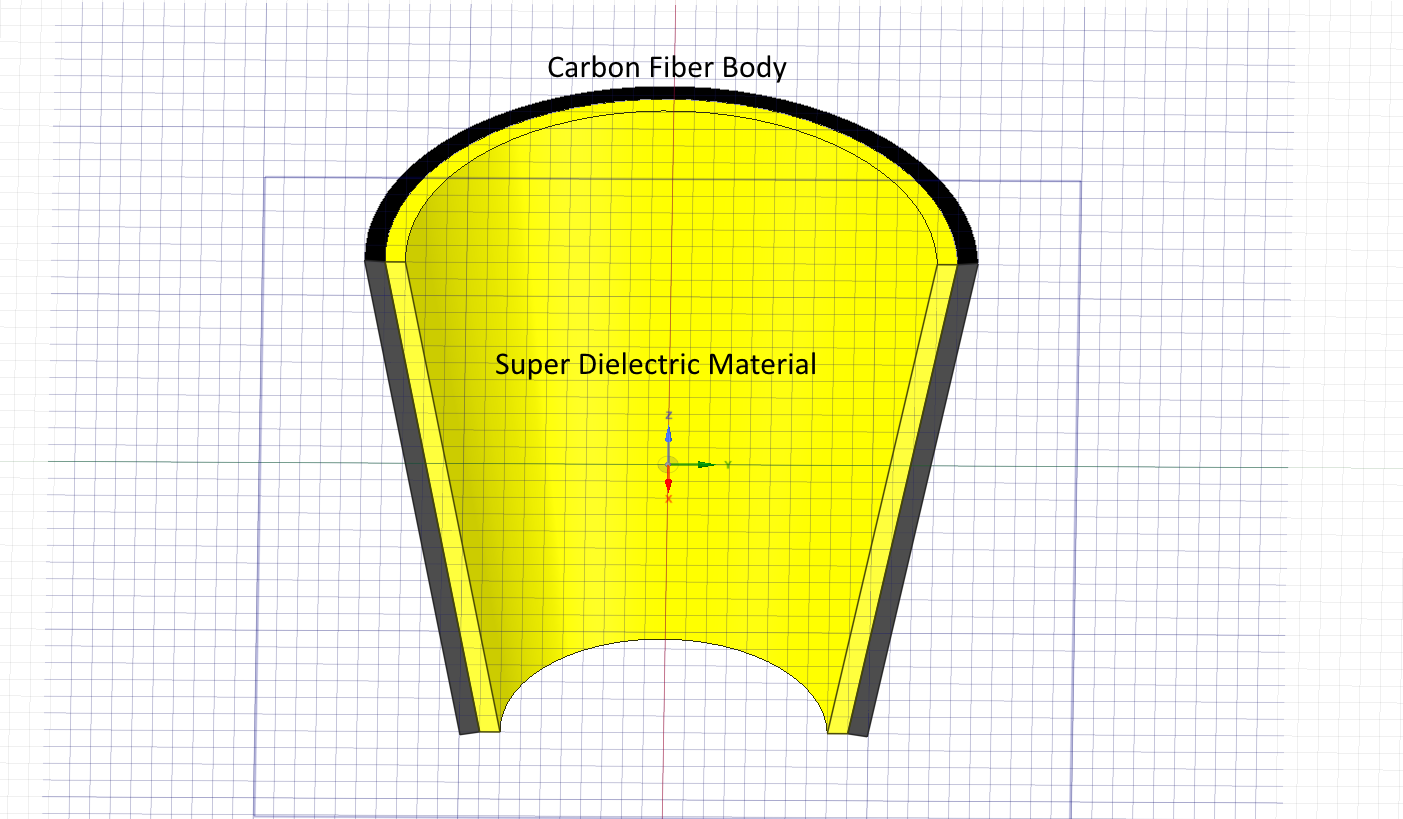
This documentation describes Open Hardware and is licensed under the
CERN OHL v. 1.2.
You may redistribute and modify this documentation under the terms of the
CERN OHL v.1.2. (http://ohwr.org/cernohl). This documentation is distributed
WITHOUT ANY EXPRESS OR IMPLIED WARRANTY, INCLUDING OF
MERCHANTABILITY, SATISFACTORY QUALITY AND FITNESS FOR A
PARTICULAR PURPOSE. Please see the CERN OHL v.1.2 for applicable
conditions
 MECHANICUS
MECHANICUS
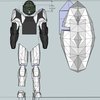

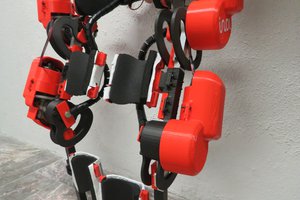
 Jesús Tamez-Duque
Jesús Tamez-Duque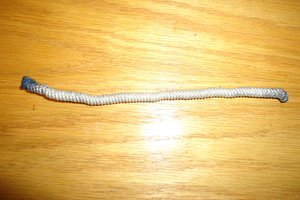
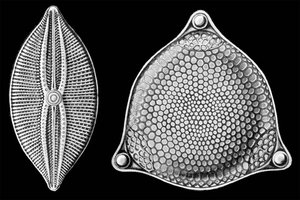
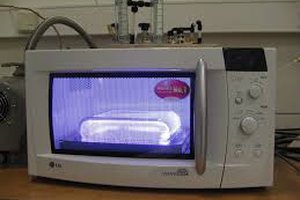
This is neither an invention or an original ... stuff, since it's mentioned clearly in the article.
Now, consult many scientists and see how many laugh when you ask if photons have inertia/mass.